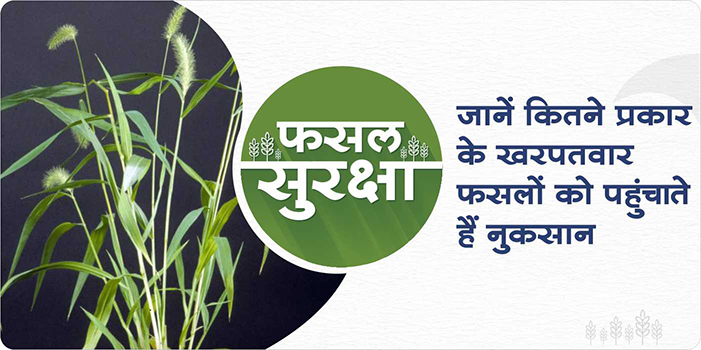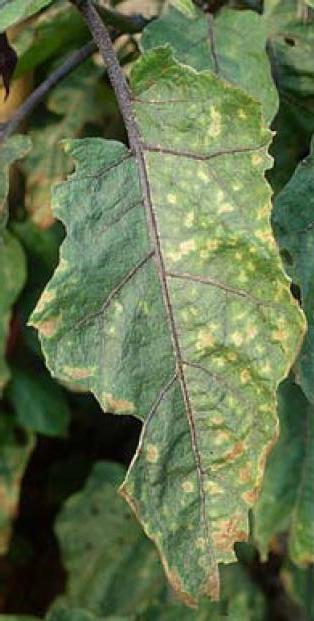-
The production of any crop is greatly affected by the outbreak of weeds, pests and diseases, in which maximum 35 to 70 percent loss is due to weeds only. Weeds compete with the crop for natural resources such as light, space, water, air as well as nutrients, causing a huge reduction in yield.
-
Due to the high infestation of weeds, the outbreak of diseases in the crop is also very high. There are three types of weeds in the crop.
-
Narrowleaf / monocotyledon weed: The leaves of the weeds of the grass family are thin and long and parallel stripes are found on these leaves. It is a monocotyledonous plant such as Sanwa (Echinochloa colona) and Kodon (Eleusine indica) etc.
-
Broadleaf / Dicotyledonous weeds: The leaves of this type of weeds are often broad, it is mainly dicotyledonous plants such as choti and badi doodhi, phulkia, diwalia, bokhana, jangali choulai (Amaranthus viridis), safed murgh ( celosia argentea), jangali jute (Corchorus acutangulus)
-
Annual weed: The leaves of this family of weeds are long and the stem is solid with three edges. Tubers are found in the roots, which help in collecting food and giving birth to new plants such as doob, motha (Cyperus rotundus, Cyperus species) etc.
-
The crop yield is greatly affected due to the weeds, the nutrients given to the crop are also absorbed by the weeds. Infestations of the weeds cause more damage to the crop. Generally, weeds use up to 47% of phosphorus, 50% of potash, 39% of calcium and 34% of magnesium available to crops. Due to which the yield of the crop decreases. Due to these weeds, the outbreak of fungal diseases and pests on the crop is also very high.
ShareWith the sowing of the crop, connect your farm with the My Farm section of Gramophone app and keep on getting the exact advice and solutions related to smart agriculture throughout the crop cycle. Share this article with your friends with the share button below.




